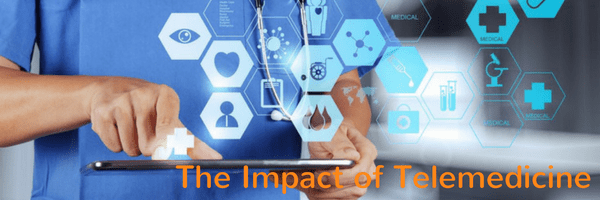In poor, rural communities and impoverished parts of the world, disease is often rampant and healthcare is poor at best. It is often hard to attract Doctors and other healthcare workers to live and work in rural communities wherever you are in the world. The good news is that the increased use of telemedicine is improving the situation, and connects patients to better healthcare.
One success story can be found in Kenya. Kenya, like many African countries has an unequal distribution of high quality medical care. The Central Provence and area around Nairobi have much better hospitals, medical equipment and range of drugs available. Poorer people in rural communities often have to be treated in understaffed and under-equipped local hospitals. If they do choose to travel, they often face a huge journey, often on poor roads. A company named Mashavu is hoping to improve the lives of these rural communities. Mashavu started an initiative that has been utilising kiosks to offer, “e-visits” to the doctor. Trained volunteers who can preform basic diagnostic tests on a patient man these kiosks. The results of the tests are then passed on electronically to a doctor who will send feedback to the patient within twenty minutes. The doctor will advise on what course of treatment they should take, and whether a trip to a larger healthcare facility is required. This obviously gives these communities easier access to quality doctors and prevents any unnecessary and costly journeys.
Another big success story can once again be found in Africa. The Pan African e-Network project is a huge ICT project between India and the African Union. This project seeks to connect India and 53 states in Africa to each other through a satellite connection and fibre optic network. The main purpose of this connection is to share expertise between India and Africa, with an emphasis on telemedicine and tele education. This project is one of the biggest ICT projects that has taken place in Africa and hopes to extend ICT infrastructure to the rural and underdeveloped communities across Africa and India. Interestingly, this Pan African e-Network is aiming to provide training for 10,000 students over a period of 5 years by providing certificate, graduate and post graduate courses. This project will transfer skills, especially through Continuing Medical Education programmes that will train medical professionals in remote areas across Africa. In 2011 the Prime Minister of India proposed that this project should be taken further, and that an India-Africa Virtual University should be created.
As we can see from these limited examples there’s been some big improvements recently in both Telemedicine and Tele-education, which continues to improve the lives of people living in poor, rural communities across the world. There’s a lot of potential to implement both further, and as internet users become more prevalent around the world, it will be interesting to see what other advancements will come next and if it can improve the health of people around the world.
Stephen Marshall
Browse our latest jobs HERE or to talk to our dedicated specialist recruiters call 0 or email on .

